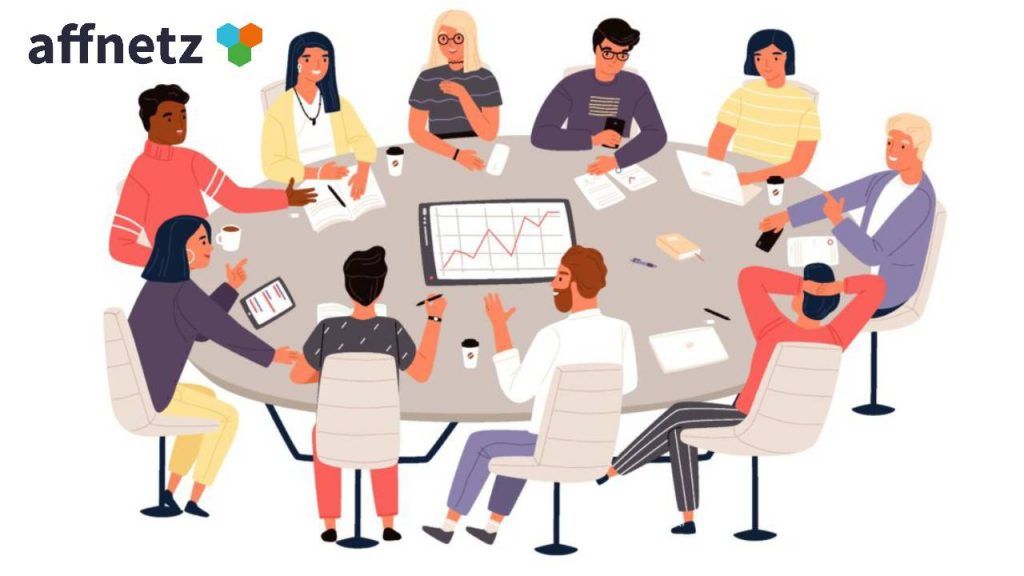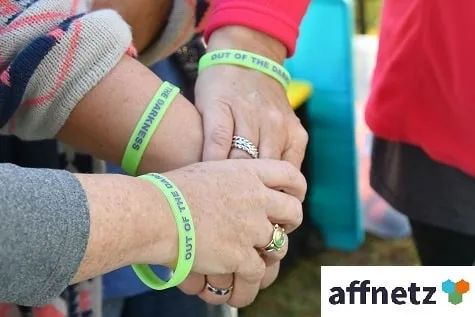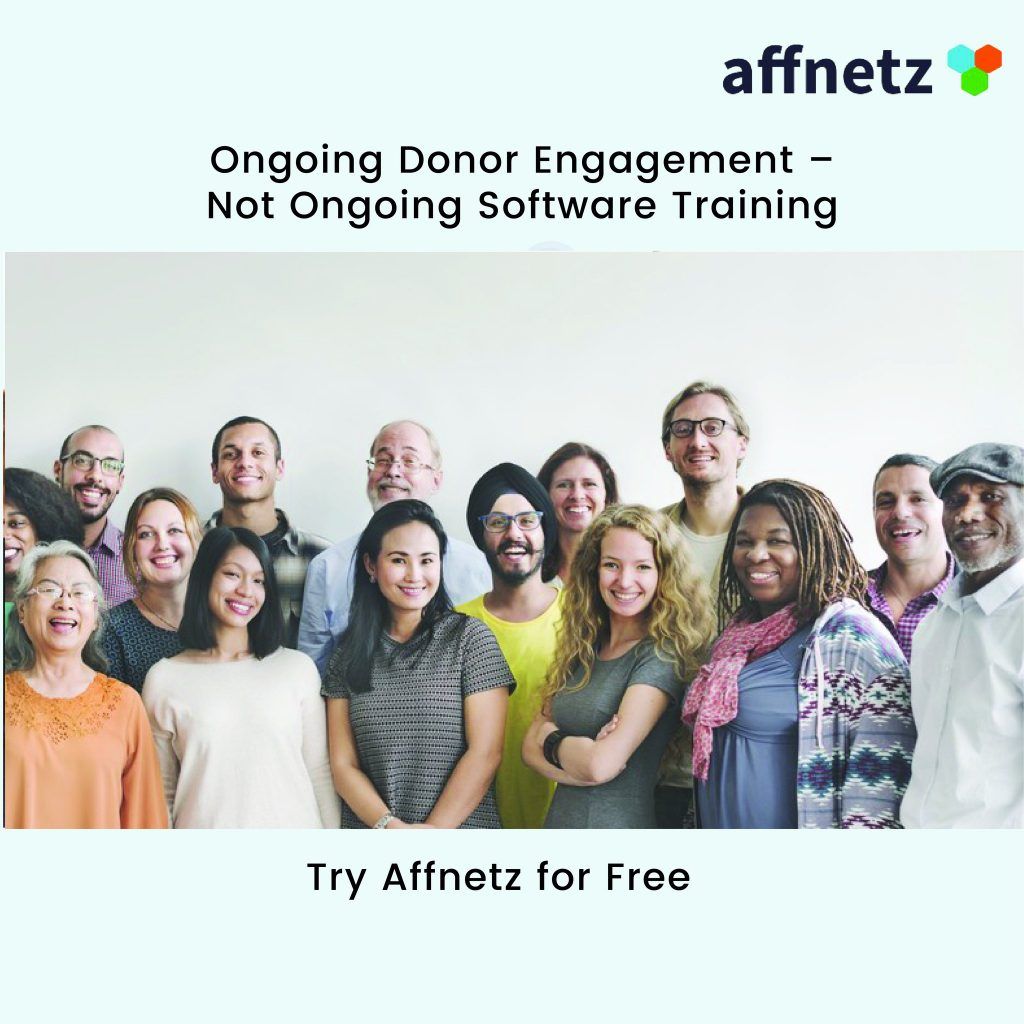Some fundraising statistics are worse than others. Probably the most perilous statistic is the percentage of first-time donors that never make a second gift. In North America, approximately two out of three donors never make that second gift? Why is this number so low?
Two words: Donor Engagement. It’s not about fundraising – it’s about engagement. So, let’s play back that statistic and wonder how Nonprofits go about engaging first-time donors during that first year the donor has given.
There are variety of methods related to donor engagement and donor stewardship. (check out our post on stewardship). First off, did the new donor receive a thank you? Was it generated by PayPal, or did you actually take the time to send a personalized thank you letter (or note!) with a tax receipt? Acknowledging the gift and demonstrating gratitude are essential – and pretty basic requirements when your Nonprofit gets any gift. And, depending on the size of the gift, you involve others in saying “thank you”.
A central part of donor engagement is communication, and it’s vital you ask your donors their preferred method of communication (text, email, letter, cell, work address). The answer to this simple question means the difference between communicating your donor, or pushing your messaging into the ether.
You also want to find out why they’re involved and supporting your Nonprofit. There are various ‘entry points’ (reasons for giving) to your Nonprofit, and you need to understand what the donor’s particular interest/s is that motivates them to support your Nonprofit. This will allow you to target your communications to donors. E.g., if a donor is interested in your Nonprofit’s work helping first graders read, then you’ll know to send deep dives about reading to those donors. This deep dive might not be something you’d want to send to all donors, but it certainly makes sense to ensure it’s sent to donors interested in reading outcomes.
It’s impossible to hyper-focus on every donor. And, since 90 to 95% of your fundraising likely comes from 5% of your donors, you’re going to want to hyperfocus on those folks. But there are many ways to keep all your donors engaged. After you know their preferred method of communication and their motivational triggers (what they love most about your Nonprofit’s work and outcomes), then you can focus on involving them in your Nonprofit.
Folks are generally very protective of their time, but it’s quite important to invite donors to join you at various events. This doesn’t just mean fundraising events, it also means volunteer gatherings (e.g., stuffing letters), educational events (e.g., lunch-and-learns). Direct involvement is one of the best forms of donor engagement, and again, this doesn’t just mean inviting donors to your fundraising events.
But, of course, donor engagement does also involve fundraising. When you do invite donors to any event, you’ll want to assign board members, fundraising volunteers, or staff to engage certain donors at events. This means ensuring your fundraisers are not
sitting together – but instead, spread out throughout all attendees.
You also don’t want to rely on email or snail mail to engage your donors. Pick up the phone or plan face-to-face meetings with donors. There’s a saying, “you can’t milk a cow through the mail”. It’s so true. The fundraising statistics reveal how important direct contact with donors really is –
Gift response rates based on method of engagement:
Email – 2 to 8% will donate
Telephone – 30% will donate
Face-to-Face – 75%+ will donate
And, not only does your fundraising success increase with direct engagement, so too does the gift size.
Regardless of how you go about engaging your donors, you’ll always want to ensure your engagement is authentic and purposeful. This is a topic for another blog post, but essential to remember as you engage your donors. They’re not numbers, they’re people, and they’re not waiting for you to sell to them. That said, they may be willing to ‘buy’ from you (and keep buying) if you engage them with authenticity and purpose.
Author
Mike is a recognized expert, thought leader, advisor and speaker in the Nonprofit world. Over the past four decades, Mike served as an Executive Director, COO, see more





